Saving Farms With Solar Energy: A Solution For Oil Shortages
As the world’s population continues to grow, so does the demand for food and energy. With fossil fuel reserves gradually depleting, it has become crucial for the agricultural industry to explore alternative and sustainable energy sources.
Incorporating solar energy in agriculture not only helps save money but also ensures consistent and reliable energy supply. In times of oil and gas shortages, agricultural businesses can continue to operate by installing solar panels and battery backup systems.
We will explore the benefits of solar energy in agriculture and how farmers and ranchers can incorporate it into their operations to save money during an energy crisis. It will begin by conducting an energy needs assessment to determine the amount of energy required to power different farming activities.
We’ll also discuss the optimal panel placement to maximize solar energy absorption and minimize shading. Finally, the article will explore various applications of solar energy in agriculture, including water pumping, irrigation, and livestock heating and cooling.
Overall, this article aims to provide a solution-oriented approach to help farmers and ranchers transition towards sustainable energy sources and save their farms during oil shortages.
Key Takeaways
- Solar energy can provide an alternative and sustainable energy source for the agricultural industry facing increasing demand for food and energy.
- An energy needs assessment is crucial for effectively incorporating solar energy into agriculture, including calculating current energy usage and determining future energy needs.
- Optimal panel placement is important for maximizing solar energy absorption and minimizing shading, with south-facing orientation providing the highest energy production.
- Solar energy can have numerous applications in agriculture, including powering irrigation systems and providing a consistent energy supply to livestock quarters, resulting in cost savings and improved efficiency for agricultural businesses.
Energy Needs Assessment
Conducting an energy needs assessment is crucial for understanding how to effectively incorporate solar energy in agriculture. This assessment involves calculating the farm’s current energy usage and determining the energy needs for the future. By conducting this assessment, farmers can determine the appropriate panel sizing, cost analysis, return on investment, and maintenance needs for their solar panel installation.
Farmers can also explore financing options for their solar panel installation. Some options include leasing, power purchase agreements, or loans. It is important to consider all financing options and choose the one that best fits the farm’s financial situation.
By conducting an energy needs assessment and exploring financing options, farmers can save money on electricity bills and reduce their dependence on fossil fuels during an oil and gas shortage.
Optimal Panel Placement
To maximize the efficiency of solar panels in agricultural settings, careful consideration of panel orientation in relation to sunlight exposure is crucial. Panel efficiency is directly related to the amount of sunlight that they receive. A south-facing orientation provides the most exposure to sunlight and results in the highest energy production.
However, climate considerations must also be taken into account. In areas with high temperatures and intense sunlight, panels should be placed at a slight angle to avoid overheating and reduce the risk of damage. In areas with frequent cloud cover, panels should be placed at a steeper angle to ensure maximum exposure to available sunlight.
Panel location is also an important factor in understanding how to incorporate solar energy in agriculture. The placement of panels on barns and other structures can provide shade for livestock and cooling for buildings while also generating clean energy. Additionally, panels can be placed near irrigation systems, well pumps, and livestock watering systems to power these essential components of agricultural operations.
Overall, careful consideration of optimal panel placement can result in higher energy production, cost savings, and improved efficiency for agricultural businesses.
Applications in Agriculture
The integration of photovoltaic technology in the agricultural sector has become increasingly important for improving energy efficiency and reducing operational costs. Solar energy has numerous applications in agriculture, ranging from powering irrigation systems to providing consistent energy supply to livestock quarters.
Solar powered irrigation systems are particularly useful for farms located in areas with limited water resources. These systems can significantly reduce water usage and provide a reliable source of energy for irrigation.
In addition to powering irrigation systems, solar energy can also be used to provide a consistent energy supply to livestock quarters. This is particularly important in regions with extreme weather conditions where maintaining optimal temperatures is crucial for animal health. Solar panels installed on barns and livestock quarters can provide a reliable source of energy to keep the lights on and maintain optimal temperatures.
Overall, the incorporation of solar energy in agriculture has the potential to significantly reduce operational costs and improve energy efficiency, making it a viable solution for farms facing oil shortages.
Related Article: 7 Ways Solar Power Can Really Help Your Farming.
Conclusion
The incorporation of solar energy in agriculture presents a practical solution to the looming oil and gas shortages. This sustainable energy source not only saves farmers and ranchers money but also ensures consistent and reliable energy supply. It is vital that agricultural businesses take advantage of this opportunity to secure their future and that of the planet.
Just as a farmer prepares the soil to ensure a bountiful harvest, incorporating solar energy into agricultural operations is a way of preparing for a sustainable future. As the sun provides energy to the crops, so too can it provide energy to the farm and ranch. It is time to harness the power of the sun and use it to power our agricultural operations.
The benefits of solar energy in agriculture are numerous and far-reaching, from reducing greenhouse gas emissions to saving money on energy bills. Let us embrace this opportunity to create a brighter and more sustainable future for ourselves and the generations to come. Just as a seed grows into a plant with proper care and attention, so too can solar energy help the agricultural industry grow and thrive.
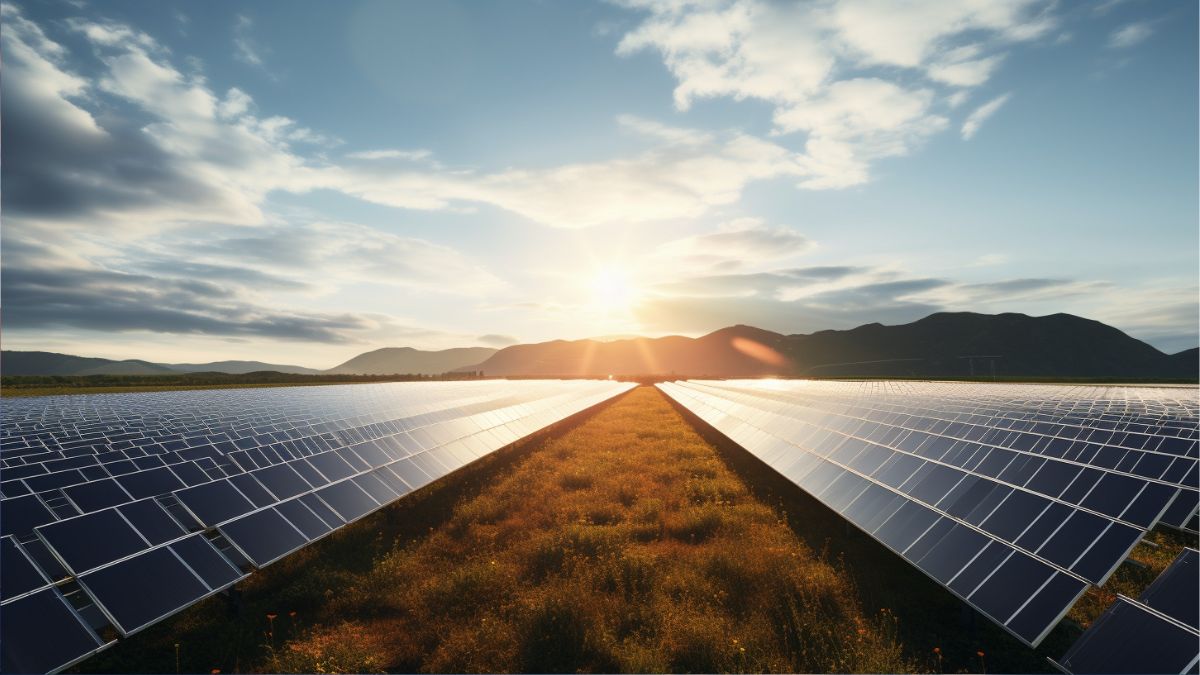

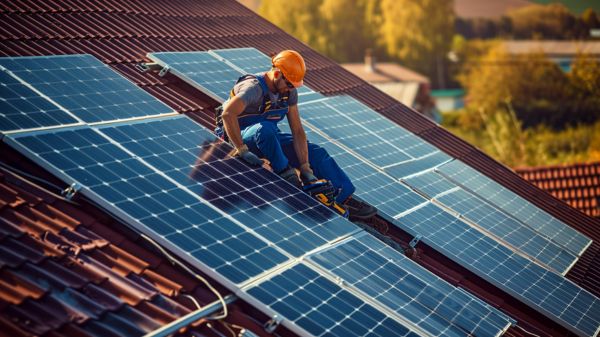
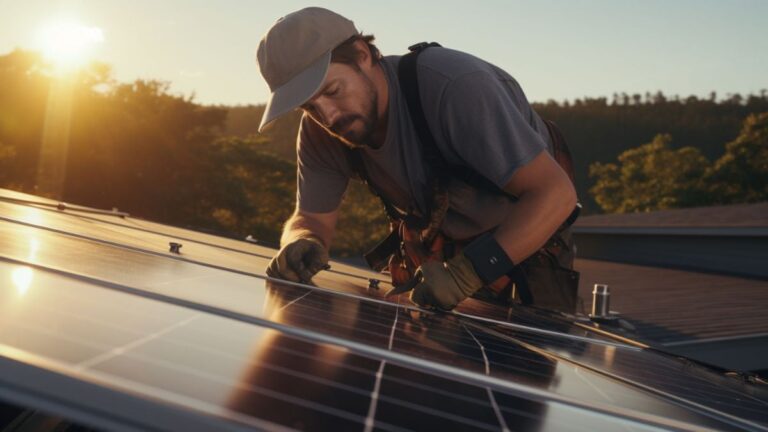
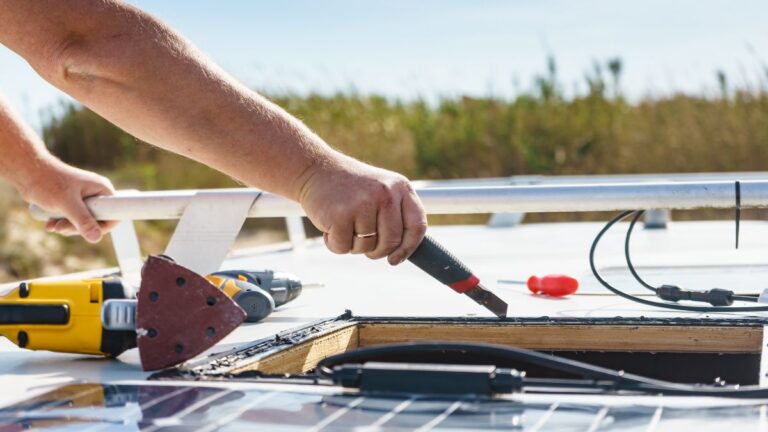
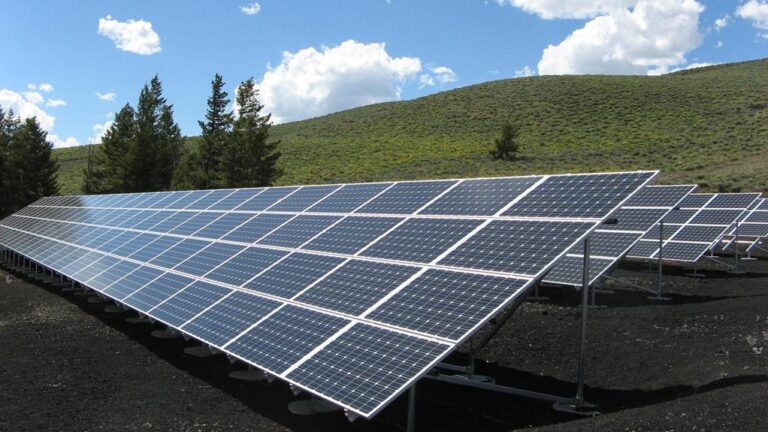

One Comment
Comments are closed.